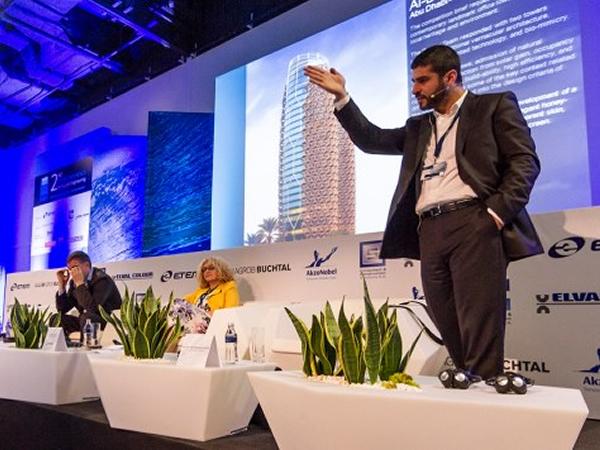
Date: 18 April 2017
ETEM: What made you decide to become an architect/engineer?
A.K.: I have always been passionate about forms and colours and what things are made of. As a child, I often found myself picking up a pencil to sketch the things that I visualise in my mind, and I would later do physical models to express those visions more tangibly. I guess I took a spontaneous and unplanned path to becoming an architectural engineer.
ETEM: Which are now the trends in façades?
A.K.: The industry is increasingly showing more interest in developing context inspired solutions that offer more original/ innovative and context friendly solutions. There is also more interest in integrating biological and adaptive systems into building façades as opposed to traditional static solutions.
ETEM: How would you define your signature style?
A.K.: I’d rather be known for a signature approach as opposed to a signature style. I am a student of nature which offers many lessons and brilliant examples in terms of beauty, functionality, sustainability and adaptivity which we can draw upon to inspire our designs. That said, the signature approach is being considerate, responsive, and adaptive to resolving any design, engineering and construction challenge.
ETEM: Regarding the state of the planet in the face of climate changes many people are very pessimistic about the future. How do you see the urban building of the future?
A.K.: Climate change is a natural cycle that our planet continuously goes through. What is more concerning is the direct destruction of nature that we practice as a result of abusing and over-consuming our planet’s natural resources in a highly irresponsible and unsustainable manner.
Mass deforestation due to cutting down trees in huge numbers, water and air pollution due to the use of large quantities of toxic chemicals, and contamination due to radioactive emissions are a few yet highly critical and more urgent issues that we face – none of which is a result of climate change, but perhaps the other way round.
That said, we need to rethink urban planning (macro-scale) and building design (micro-scale) in a way to avoid wasteful solutions and cut down on the use of construction materials and methods that result in unsustainable consumption of natural resources and in emitting toxic chemicals that pollute our environment.
ETEM: The engineering progress and the discovery of new materials in the past decade are enormous. However, are there specific forms or shapes which are still impossible to build in the conditions of modern technologies?
Every era will always have its limitations because inventions and solutions will always be trailing ideas and visions.
ЕТЕМ: Which was your most challengingproject and why?
A.K.: The Al-Bahr Towers is one of the most challenging projects that I have designed and delivered due to its highly complex nature and context.
The political nature of the Client and Project Team made the task of communicating innovative ideas very challenging indeed – one that required developing an innovative communicating method. In short, it required innovation to communicate innovation!
ETEM: What is your advice for young architects?
A.K.: Architecture requires highly driven and creative yet highly conscious and conscientious individuals. The buildings that you will design and eventually build will have a direct impact on their inhabitants and everything else that surrounds them for decades to come.
Contrary to the stereotypical ego-centric and highly subjective attitude that mainstream architects tend to portray – it is a great responsibility that requires a lot of humility and consideration.
ETEM: What to expect from you in the near future?
A.K.: The world is experiencing major geopolitical and economic changes which are directly impacting the building industry.
My role as an architectural engineering consultant is becoming more like a martial artist, where positioning myself in the right place at the right time and preparing myself for the next move is most critical in order to steer any decision in the right direction.
In that respect, you would expect to see my role and position evolving in the near future in order to adapt to the paradigm shift that the industry is currently experiencing.
 600450
600450

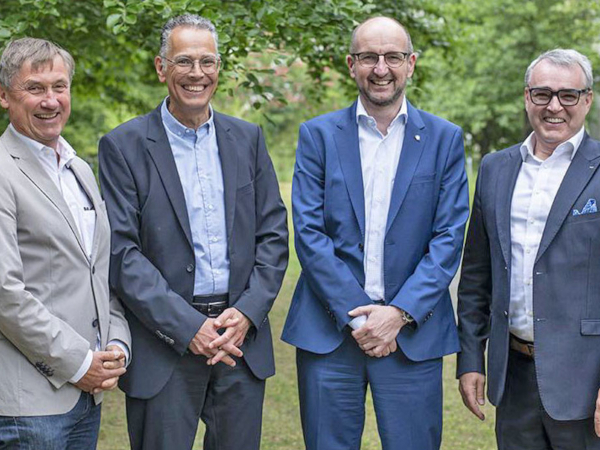
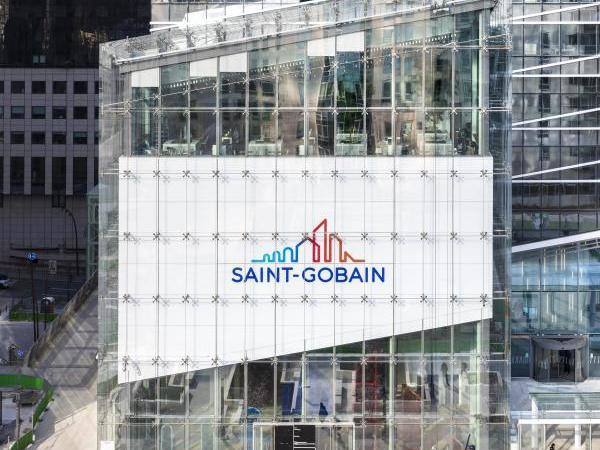
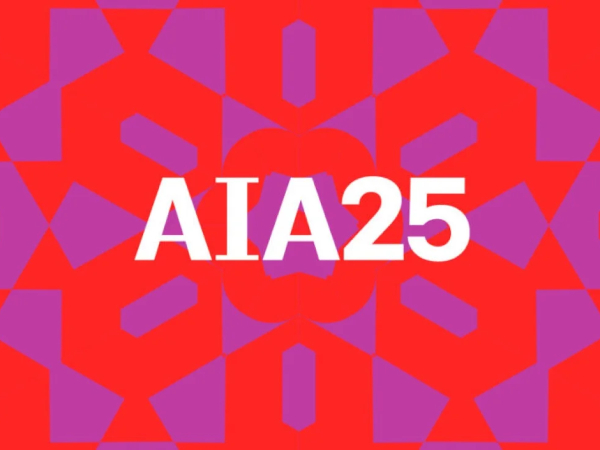
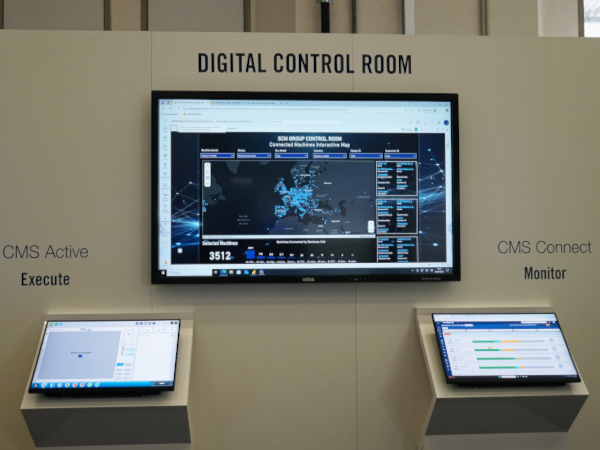
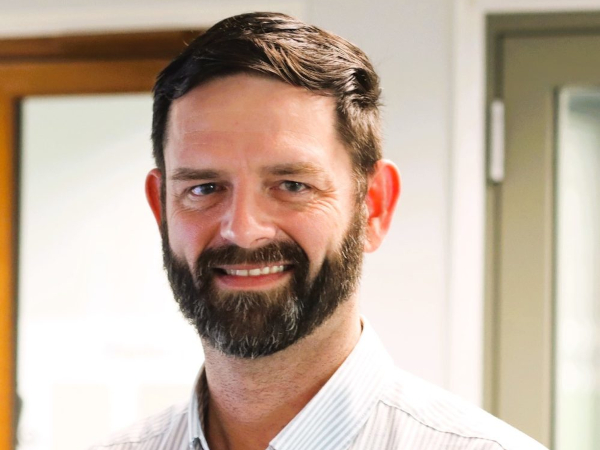


Add new comment